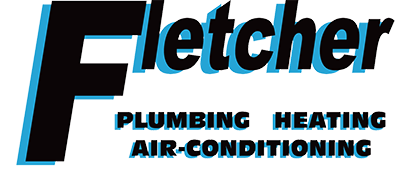Once the weather is cooling off, you may be concerned about how you’ll make the most of your heating and cooling. After all, HVAC bills frequently make up a big piece of your monthly electric bill. To figure out new ways to reduce costs, some owners take a closer look at their thermostat. Could there be a setting they could use to improve efficiency?
Most thermostats have a ‘Fan’ or ‘Fan On’ setting. But if the fan is running during a regular cycle, what will the fan setting provide for the HVAC system? This guide will help. We’ll share what exactly the fan setting is and whether you can use it to reduce costs in the summer or winter.
My Thermostat Has a Fan Setting?
For most thermostats, the fan setting means that the system’s blower fan stays on. Some furnaces can generate heat at a low level in this setting, but in general heating or cooling isn’t being made. The ‘Auto’ setting, on the other hand, will turn on the fan during a heating or cooling cycle and shut it off once the cycle is finished.
There are advantages and disadvantages to using the fan setting on your thermostat, and the ideal option {will|can|should]] depend on your personal comfort requirements.
Advantages to utilizing the Fan/On setting:
- You can keep the temperature in each room more consistent by permitting the fan to keep circulating air.
- Indoor air quality should improve because constant airflow will keep moving airborne particles into the air filter.
- A smaller number of start-stop cycles for the system’s fan helps expand its life span. Because the air handler is typically connected to the furnace, this means you can prevent the need for furnace repair.
Disadvantages to using the Fan/On setting:
- A nonstop fan could increase your energy expenses by a small margin.
- Nonstop airflow could clog your air filter soon, increasing the frequency you will want to replace it.
{Choosing Between|Should My Thermostat Be on|Which Setting for My Thermostat? Fan or Auto in Summer/Winter
In the summer, warm air can persist in unfinished spaces like the attic or an attached garage. If you keep the fan running, your HVAC system might draw this warm air into the rest of your home, forcing the HVAC system to run longer to maintain the desired temperature. In serious heat, this can result in needing AC repair more quickly as wear and tear grows.
The opposite can take place in the winter. Cooler spaces such as a basement will hold onto cooler air, which will eventually make its way into the rest of your home. Keeping the fan on could draw more cold air upward, increasing the amount of heating you need to remain warm.
If you’re still trying to determine if you should switch to the fan/on setting, remember that every home and family’s comfort needs are different. Leaving the HVAC system’s fan on could be ideal for you if:
Someone in your household deals with allergies. Allergies and similar respiratory conditions can be hard on the family. Leaving the fan on should help to increase indoor air quality, helping your family breathe easier.
Your home experiences hot and cold spots. Lots of homes deal with persistent hot and cold spots that quickly return to a temperature different from the rest of the house. The fan setting can help minimize these changes by constantly refreshing each room’s supply of air.
